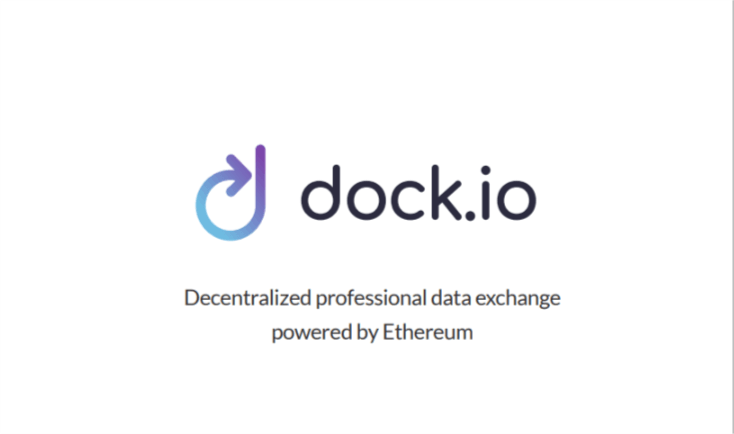Before the creation of the internet, jobs and professionalism were either restricted to localized environments or exported by cumbersome bureaucratic systems that required extended processes and took a lot of time. The globalization effect of the internet has given rise to professional networks where users can easily upload their data and become visible to anyone that may need their services in a matter of seconds.
The lack of connectivity
Concerns about the current arrangement include that fact that professionals across the internet are systematically conditioned to exist in colonies. The nature of networks and the way they are currently structured does not permit the transfer of information between platforms. Therefore, no matter the reputation, resume and connections built over time by an individual on a particular network, moving to another network entails starting all over from ground zero.
This development has gradually segregated professionals from different fields, giving supposedly universal platforms the colorations of being career specific. For instance, while LinkedIn wears an executive outlook, Upwork represents an industry for freelancers and Instagram resemble the home of service providers that focus on entertainment.
Limitations and centralization
The absence of interaction between data-centric career platforms entails the loss of numerous opportunities. This is because members are restricted only to opportunities that are within the primary networks that they belong. Beyond this limitation, the fact that data is stored strictly on centralized platforms where the real identity owners have no control whatsoever is a whole lot of risk on its own.
The abrupt restriction of API access by LinkedIn in 2015 which resulted in the death of many companies and slowing down of innovation is a clear representation of the negative possibilities in centralized platforms. The provision of the public API in the preceding year which enabled cross-platform interaction was the reason behind the integration of over 30,000 applications and the birth of several companies.
Enabling universality
The dock.io protocol interpolates blockchain technology into the professional industry. This protocol removes the need to trust any centralized system for the security of stored data. It ensures that personal data is stored and managed by the real owners who decide on how they are implemented.
The dock.io protocol allows platforms to connect and remain open for interaction based on the priority of users. These users will be able to have automatically updated profile information, employment history data, and any type of platform data in an integrated fashion. As a result, they will not be bound to any single platform for their employment data, freelancing, or personal reviews.
Still in its alpha stage, the dock.io app is already exceeding the expectations of its developers as it is growing by more than 3,000 users every day, and a telegram group hosting over 9,500 users.
Powered by Ethereum
Running on the Ethereum main chain allows the dock.io protocol enjoy the benefits of a robust network effect and a strong ecosystem. It also permits multiple scalabilities which would become necessary in the future as various platforms connect to the protocol. This chain also permits the easy integration with third-party smart contracts and applications even as the ERC20 token allows for standard and easy integration with wallets and exchanges.
The concept of decentralization that is offered by blockchain technology is indeed changing the manner in which processes are executed in today’s world. The affordance of trustless systems increases the confidence level when data and information management is concerned. Unlike centralized cases where an individual or group can determine that fate of an entire community within a short time, blockchain protocols are owned by their communities and can be relied upon for consistency of purpose.
